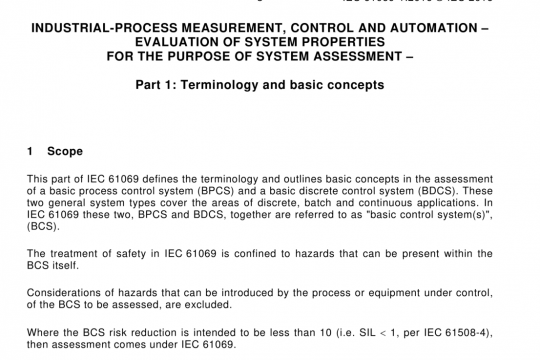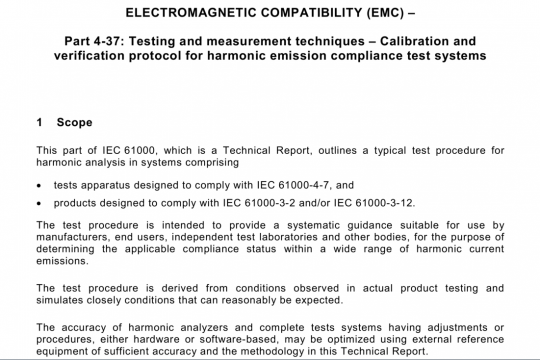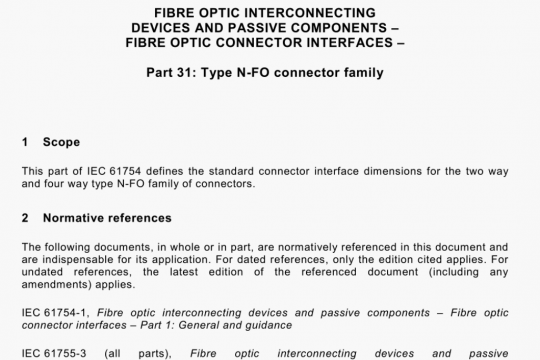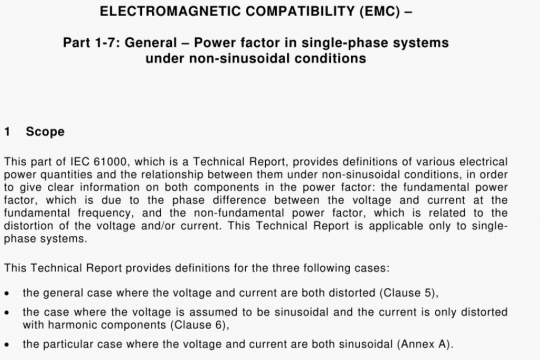IEC TR 63231 pdf free download
IEC TR 63231 pdf free download.Consideration of energy efficiency in wireless power transfer technology.
4.2 Magnetic induction WPT systems
An alternating electric current flowing through a coil (source) generates a magnetic field that acts on a receiver coil to produce a current within it, and thus electric power is transferred between the source and device-to-be-charged (DTBC) coils.
Tight magnetic coupling between the two coils helps achieve high transfer efficiency. Because the electric power transfer distance is short, typically measured in the mm range, the WPT by the electromagnetic induction is often called noncontact power transfer, or tightly-coupled WPT.
4.3 Magnetic resonance WPT systems
Magnetic resonance is a special case of electromagnetic induction where resonant coils are used such that higher efficiencies can be supported for a given coupling factor (k) in configurations designed for low (much less than 1,0) coupling factor. The magnetic resonance method utilizes a source consisting of a coil and series capacitor as a resonator, with a corresponding sink element consisting also of a coil and series capacitor as a tuned resonator. Electric power is transferred through the electromagnetic resonance between the source and DTBC coils. By matching the resonance frequency of the source coil and the DTBC coil in a high 0 factor regime, electric power is transferred over a long distance (mm to m) even where magnetic coupling (k) between two coils is low.
The magnetic resonance approach is referred to interchangeably as magnetic resonant coupling, highly resonant magnetic induction, or loosely coupled WPT.
4.4 Microwave (RF) used in WPT systems
Power transfer via radio waves can be made more directional, allowing longer-distance power beaming, with shorter wavelengths of electromagnetic radiation, typically in the microwave range.
Power beaming by microwaves has the difficulty that, for most space applications, the required aperture sizes are very large owing to diffraction limiting antenna directionality.
In 2013, inventor Hatem Zeine demonstrated how wireless power transmission using phased array antennas can deliver electrical power up to 30 feet away. It uses the same radio frequencies as Wi-Fi.
In 2015, researchers at the University of Washington introduced power over Wi-Fi, which trickle- charges batteries and powered battery-free cameras and temperature sensors using transmissions from Wi-Fi routers. Wi-Fl signals were shown to power battery-free temperature and camera sensors at ranges of up to 20 feet. It was also shown that Wi-Fl can be used to wirelessly trickle-charge nickel—metal hydride and lithium-ion coin-cell batteries at distances of up to 28 feet.
4.5 Capacitive wireless power transfer (CPT)
Research efforts are being published In capacitive WPT, which uses an electric field to transfer power (in contrast with the magnetic field in 4.2 and 4.3, or coupled electro-magnetic fields in
4.4).
5 WPT product use cases
5.1 General
In order to consider energy efficiency measurements in WPT, the current scope of commercially available products needs to be explored. The products described in this clause are presented as use cases for energy efficiency considerations. A typical configuration of a commercially available system consists of a transmission or charging pad and a device with a receiver.IEC TR 63231 pdf download.




